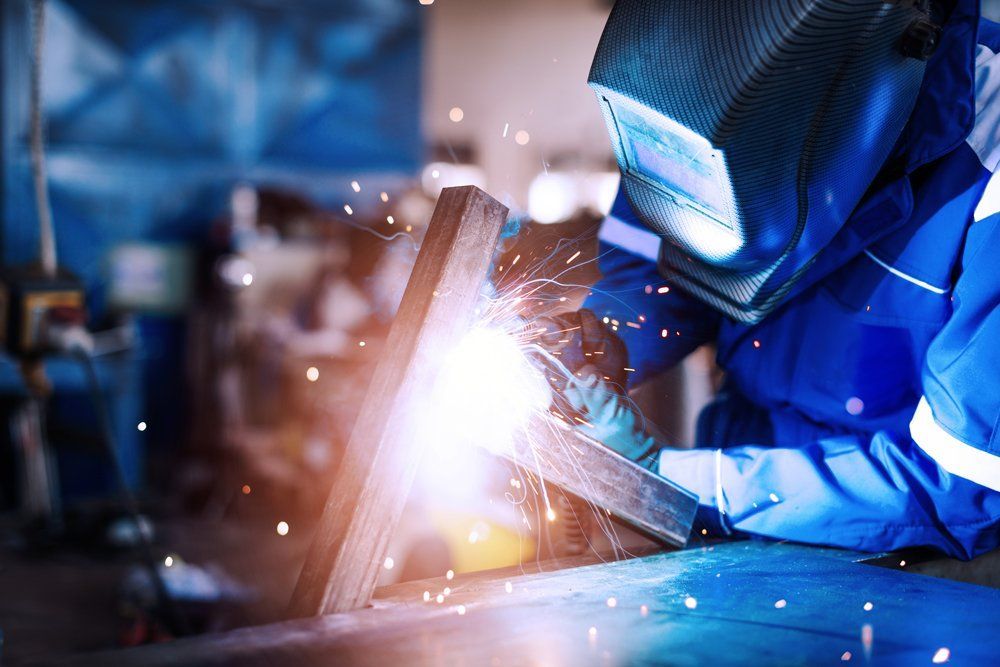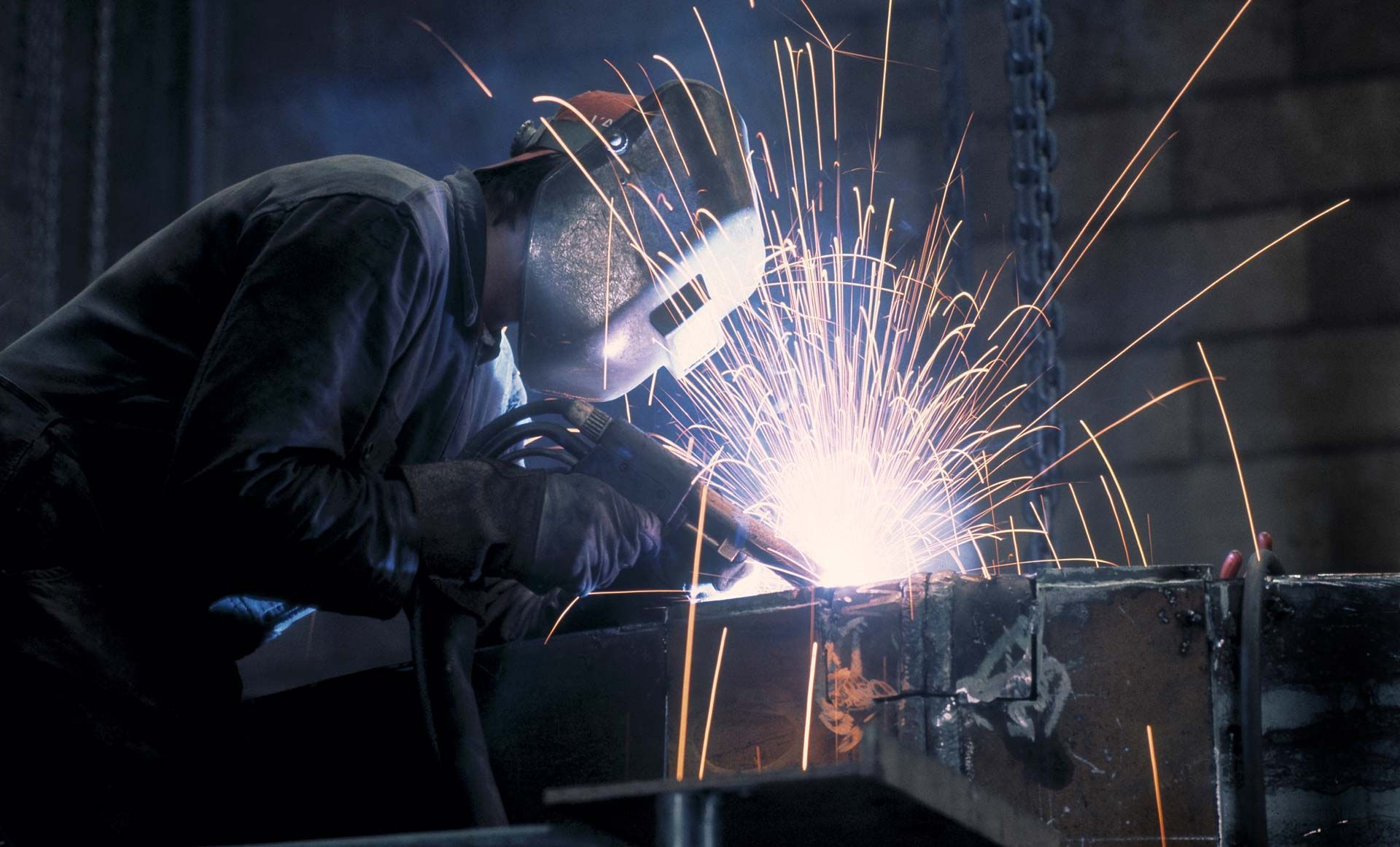4 Ways To Make Your Welding Processes More Sustainable
Poor welding practices and mistakes generate noise, fumes,
and hazardous emissions. As a result, concerns about welding processes'
environmental impact are rising. Yet, welding is vital in many industrial
applications.
The practices discussed below reduce the contaminants welding releases to the environment.
1. Use Sustainable Tools and Processes
Low-quality tools degrade and break down faster, then end up in landfills. Use high-quality tools and equipment with longer lifespans to reduce the need for disposal. Also, opt for machinery that increases the speed of processes to save on electricity.
Different welding techniques generate different kinds and amounts of pollutants—your welding methods determine whether your welding processes are sustainable. Below are some sustainable welding methods to consider.
Metal Active Gas (MAG) Welding
The welding power source is usually idle and unusable while you change the rod electrode. As a result, some electrodes go to waste. MAG welding involves an endless consumable electrode, which avoids waste from leftover welded electrodes.
Vacuum Soldering
You release toxic gasses if you weld with harmful chemicals. Vacuum soldering uses hydrogen in place of hazardous substances. This way, you achieve high efficiency without adverse environmental impact.
Laser Gas Metal Arc Welding
The technique enhances the speed of processes and hence saves on energy consumption. Also, laser gas welding saves materials because it needs lesser filler material.
Friction Welding
The above technique generates the precise energy you need to prevent waste. The required heat comes from the friction between the tool and your workpiece. Besides energy efficiency, friction welding reduces carbon footprint.
Tungsten Inert Gas (TIG) Welding
TIG welding generates lower levels of nitrogen oxides and ozone. Unfortunately, the process is expensive and more suitable for small-scale projects. For larger projects, opt for metal inert gas (MIG) welding but take precautions to reduce the amount of fumes.
2. Reuse or Recycle
Non-recyclable materials can be useful in other processes within or outside your industry. So, reuse items or sell whatever you won't use. If the item is no longer usable, deploy safe disposal practices.
To reduce production waste, take scrap metals back to manufacturers or industrial mills. The recycling experts usually remodel the old metals into new usable products. So, the number of waste metals you would otherwise have disposed of declines. Also, the energy needed to manufacture new metallic items reduces.
3. Uphold Ideal Cleanliness and Power Standards
Some metals contain pollutants like solvent residue, oil, paint, and rust inhibitors. During welding, the contaminants come into contact with heat and release toxic substances. Strip off any coat of paint or dirt within a reasonable space around the weld point.
Your welder should have optimal voltage and amperage settings. Always use the lowest amperage and voltage that provides enough power to weld your metals. Otherwise, if you use high levels, you increase fume emissions into the atmosphere.
4. Use Online Training Materials
To make your welding process even greener, use virtual reality (VR) to train new welders. VR reduces training costs and eliminates the environmental impact of actual welding processes. Besides, you use fewer resources since you do not need to use consumables in the training process.
While you train, introduce new welders to sustainable and responsible techniques. You can train new welders on gas metal arc welding, manual arc welding, and inert tungsten welding. Then, emphasize the essence of sustainability to let your trainees know why eco-friendliness is vital.
You can be part of the global green movement if you go sustainable with your welding processes. If you want more information about sustainable welding, contact Sam's Welding, Inc. You can also get personnel to help you if you have a welding project that needs professional help.







